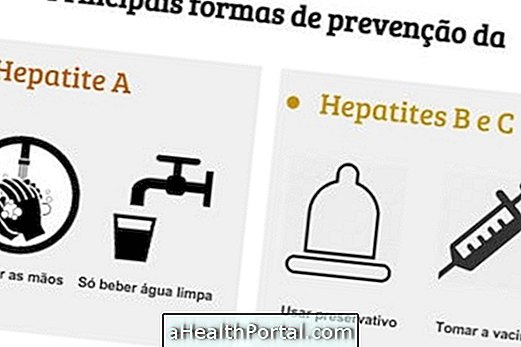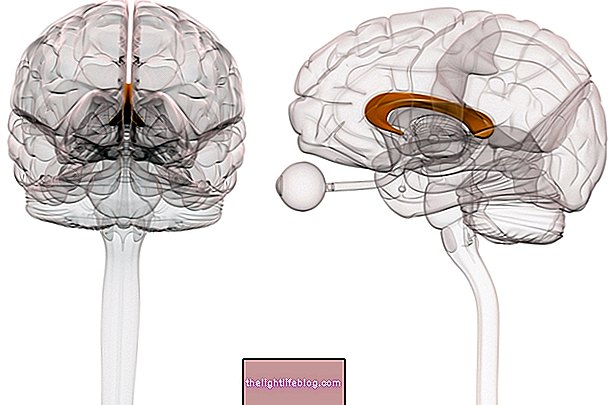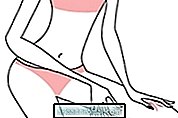To identify dyslexia it is necessary to observe some common characteristics of this condition, such as the child hesitating to speak certain words and certain errors in identifying letters and numbers, and also in reading and writing.
Dyslexic children of pre-school age, up to 6 years of age, may present delayed speaking as characteristics, may present articulation problems of words and difficulties to remember the names of letters, numbers and colors. It is common also the difficulty to combine the sounds and rhyming words.

Common substitutions of words and letters in dyslexia
Many children with dyslexia confuse letters and words with similar ones, and inversion of letters during writing is common, for example writing 'me' instead of 'em' or 'd' instead of 'b'. The following table shows more examples:
| change the 'f' to 't' | change the 'w' to 'm' | change the 'sound' to 'mos' |
| change the 'd' to 'b' | change the 'v' to 'f' | change the 'me' by 'in' |
| change the 'm' to 'n' | exchange the 'sun' for 'the' | change the 'n' to 'u' |
Another factor that should be taken into account is that dyslexia has a familial component, so the suspicion increases when a parent or grandparent has been diagnosed with dyslexia previously.
How to confirm dyslexia
The best way to close the diagnosis of dyslexia is to do specific tests with the psychologist, according to the age of the child, adolescent or adult.
Teachers at the school may suspect that the child is dyslexic because of the mistakes she presents in identifying letters and numbers and when she begins to read and write in the first grade of elementary school. In this case, she should talk to the parents about this possibility and suggest a conversation with a psychologist or psychopedagogues to carry out the tests.
By the end of 1st grade, it is common for all children to still not be able to read and write and it is normal to confuse the letters, so the diagnosis is usually closed, when the child is already in 2nd grade, around 8 years of age. age, because reading and writing errors should be much smaller than this, which does not happen in children with dyslexia.

























